Water Management
2021 Annual Report Global Water Security & Sanitation Partnership
Views : 9
Usually dispatched in 2 to 3 days
Usually dispatched in 2 to 3 days
Category:
Water Management
Only logged in customers who have purchased this product may leave a review.
Related books
Baseline Analysis on Domestic Wastewater Management in the Wider Caribbean Region
INTRODUCTION
In the Wider Caribbean Region (WCR), improperly treated domestic wastewater can be a significant source of marine pollution and represents a threat to human health, sustainable development and marine resources. However, a tendency to the stagnation in the sanitation services is observed among many municipalities in the region as population's size and the economy are increased. Also, natural resources vital to economic growth are wasted or lost through misdirected urban policies and practices, and population overspill into areas less suitable for urban development, thus creating further pressure on these resources as urban sprawl increases, turning the town concerned into one large drain 1 . The environmental problems associated with uncontrolled urban development are particularly marked among the poorest urban sectors those with the worst housing and the most restricted access to public services. But the principal impact of unrestrained urban expansion is on the environment caused by pollution of inland and marine waters, exhaustion of water reserves, destruction of woodlands and fertile agricultural land, and encroachment on ecologically-productive territory (the ecological footprint). The severest effects are declining drinking water reserves and deteriorating housing quality, public health and sanitation services 2 . In WCR countries, an important sector of the population lives in coastal areas where sewerage systems are deficient and even absent in some cases and have illegal connections to the storm drains. The limited access to a basic sanitation by means of the domiciliary connection to a sewer system, low[1]cost household systems made up of septic tanks, dry latrine and with discharge of water, and to the simple pit latrine; as well as the shortage of sewage treatment plants in countries that have sewer systems causing risks to public health and the environment 3 . The pattern of sanitation cover in the region is extremely patchy in terms of its extent and treatment capabilities, reflecting sharp differences between the various countries in terms of culture and tradition, as well as degrees of socio-economic development; factors that significantly influence the lives of their populations and the environmental quality. The development of these services in the region over the last three decades compares quite favorably with other parts of the world. However, as regards to coverage, the absolute numbers are worrying, an estimated 100 million inhabitants (15% of those living in upstream coastal areas) have no access to sanitation services, while some 43% of the sewer system effluents receives some degree of treatment(pre-treatment, primary treatment, secondary treatment, tertiary treatment or sewage discharges by means of submarine outfalls) 4 .
Baseline Analysis on Domestic Wastewater Management in the Wider Caribbean Region
INTRODUCTION
In the Wider Caribbean Region (WCR), improperly treated domestic wastewater can be a significant source of marine pollution and represents a threat to human health, sustainable development and marine resources. However, a tendency to the stagnation in the sanitation services is observed among many municipalities in the region as population's size and the economy are increased. Also, natural resources vital to economic growth are wasted or lost through misdirected urban policies and practices, and population overspill into areas less suitable for urban development, thus creating further pressure on these resources as urban sprawl increases, turning the town concerned into one large drain 1 . The environmental problems associated with uncontrolled urban development are particularly marked among the poorest urban sectors those with the worst housing and the most restricted access to public services. But the principal impact of unrestrained urban expansion is on the environment caused by pollution of inland and marine waters, exhaustion of water reserves, destruction of woodlands and fertile agricultural land, and encroachment on ecologically-productive territory (the ecological footprint). The severest effects are declining drinking water reserves and deteriorating housing quality, public health and sanitation services 2 . In WCR countries, an important sector of the population lives in coastal areas where sewerage systems are deficient and even absent in some cases and have illegal connections to the storm drains. The limited access to a basic sanitation by means of the domiciliary connection to a sewer system, low[1]cost household systems made up of septic tanks, dry latrine and with discharge of water, and to the simple pit latrine; as well as the shortage of sewage treatment plants in countries that have sewer systems causing risks to public health and the environment 3 . The pattern of sanitation cover in the region is extremely patchy in terms of its extent and treatment capabilities, reflecting sharp differences between the various countries in terms of culture and tradition, as well as degrees of socio-economic development; factors that significantly influence the lives of their populations and the environmental quality. The development of these services in the region over the last three decades compares quite favorably with other parts of the world. However, as regards to coverage, the absolute numbers are worrying, an estimated 100 million inhabitants (15% of those living in upstream coastal areas) have no access to sanitation services, while some 43% of the sewer system effluents receives some degree of treatment(pre-treatment, primary treatment, secondary treatment, tertiary treatment or sewage discharges by means of submarine outfalls) 4 .
Effective Utility Management A Primer for Water and Wastewater Utilities
Water and wastewater utilities across the country are facing many common challenges. Effective utility management can help utilities respond to both current and future challenges and support utilities in their common mission of being successful 21st century service
providers. Based on these challenges, EPA and six national water and wastewater associations signed an historic agreement in 2007 to jointly promote effective utility management based on the Ten Attributes of Effectively Managed Water Sector Utilities and five Keys to
Management Success.
Effective Utility Management A Primer for Water and Wastewater Utilities
Water and wastewater utilities across the country are facing many common challenges. Effective utility management can help utilities respond to both current and future challenges and support utilities in their common mission of being successful 21st century service
providers. Based on these challenges, EPA and six national water and wastewater associations signed an historic agreement in 2007 to jointly promote effective utility management based on the Ten Attributes of Effectively Managed Water Sector Utilities and five Keys to
Management Success.
Mining Big Data For Sustainable Water Management
Abstract
The power of advanced analytics is substantial. Massive scales of big, structured and unstructured data relieve unthinkable patterns and help us redefine economic models, solve operational inefficiencies and optimize costs. The water utilities could substantially benefit from the data available from new digital assets and smart technologies. Many are facing damaged and failing infrastructure and lack of financial resources for makeovers. However, Industry 4.0 and Digitalization open new fronts and bring new assets such as real-time monitoring of critical systems via IoT and sensors, advanced metering and predictive analytics to improve customer billing, remote data collection systems at pumping stations and water storage facilities and many more. The power of “digital twin”, as a virtual replica of a physical asset, and ways of enriching the traditional data sources with open source data increase considerably the available intelligence for more sophisticated correlation, linkages and insights. This study reviews the core values of big data, advanced analytics, smart technologies and its application in water resources management and it gives concrete recommendation how to accelerate the adoption of use of Big Data by leveraging on technology and innovation.
Mining Big Data For Sustainable Water Management
Abstract
The power of advanced analytics is substantial. Massive scales of big, structured and unstructured data relieve unthinkable patterns and help us redefine economic models, solve operational inefficiencies and optimize costs. The water utilities could substantially benefit from the data available from new digital assets and smart technologies. Many are facing damaged and failing infrastructure and lack of financial resources for makeovers. However, Industry 4.0 and Digitalization open new fronts and bring new assets such as real-time monitoring of critical systems via IoT and sensors, advanced metering and predictive analytics to improve customer billing, remote data collection systems at pumping stations and water storage facilities and many more. The power of “digital twin”, as a virtual replica of a physical asset, and ways of enriching the traditional data sources with open source data increase considerably the available intelligence for more sophisticated correlation, linkages and insights. This study reviews the core values of big data, advanced analytics, smart technologies and its application in water resources management and it gives concrete recommendation how to accelerate the adoption of use of Big Data by leveraging on technology and innovation.
Industrial Wastewater Management Problems in Borg El-Arab New Industrial City.
ABSTRACT:
Borg El-Arab is a new industrial city within Alexandria containing around 1200 factory distributed within four industrial zones. Since 2008, the sanitary system including the treatment plant of Borg El-Arab was handed to Alexandria Sanitary Drainage Company (ASDCO) for management. From the preliminary survey it was found that all factory's effluents were not complying with the limits of Law 93 for year 1962 and its presidential decree 44 for year 2000. They dispose their raw wastewater directly into the sewerage system, which creates a chronic street flooding problems all over the industrial zones. As well as affecting the quality of the old treatment plant influent located at the east of the city and the newly instructed tertiary treatment plant. These factories did not construct effective industrial effluent treatment systems for their wastes, which were supposed to be constructed before getting the permission to start the industrial activity and production. Another problem was the lack of effective industrial effluent inspection, monitoring, and weakness of the legal power and action against non-complying industries. Finally, there was no technical assistance system. Alexandria Sanitary Drainage Company carried out a Management system to solve these problems through: 1) Industrial survey for technical assistance to apply pollution prevention concepts; 2) Periodical sampling and monitoring program based on severity of the industry; 3) Compliance evaluation to take step by step action for non-complying factories after re[1]assisting non-complying factories to reconcile their situation, this system applies for already existing industries. For new industries it is essential to apply an additional step which is that the Municipality should get our permission before giving license to industries to start practicing their activity.; 4) Applying a cost recovery program. According to applying these steps problems have decreased and number of complying industries has increased. Under these circumstances we would like to stress on the importance of applying On-line Monitoring systems to assure effective control of industrial effluent quality 24/7.
Industrial Wastewater Management Problems in Borg El-Arab New Industrial City.
ABSTRACT:
Borg El-Arab is a new industrial city within Alexandria containing around 1200 factory distributed within four industrial zones. Since 2008, the sanitary system including the treatment plant of Borg El-Arab was handed to Alexandria Sanitary Drainage Company (ASDCO) for management. From the preliminary survey it was found that all factory's effluents were not complying with the limits of Law 93 for year 1962 and its presidential decree 44 for year 2000. They dispose their raw wastewater directly into the sewerage system, which creates a chronic street flooding problems all over the industrial zones. As well as affecting the quality of the old treatment plant influent located at the east of the city and the newly instructed tertiary treatment plant. These factories did not construct effective industrial effluent treatment systems for their wastes, which were supposed to be constructed before getting the permission to start the industrial activity and production. Another problem was the lack of effective industrial effluent inspection, monitoring, and weakness of the legal power and action against non-complying industries. Finally, there was no technical assistance system. Alexandria Sanitary Drainage Company carried out a Management system to solve these problems through: 1) Industrial survey for technical assistance to apply pollution prevention concepts; 2) Periodical sampling and monitoring program based on severity of the industry; 3) Compliance evaluation to take step by step action for non-complying factories after re[1]assisting non-complying factories to reconcile their situation, this system applies for already existing industries. For new industries it is essential to apply an additional step which is that the Municipality should get our permission before giving license to industries to start practicing their activity.; 4) Applying a cost recovery program. According to applying these steps problems have decreased and number of complying industries has increased. Under these circumstances we would like to stress on the importance of applying On-line Monitoring systems to assure effective control of industrial effluent quality 24/7.

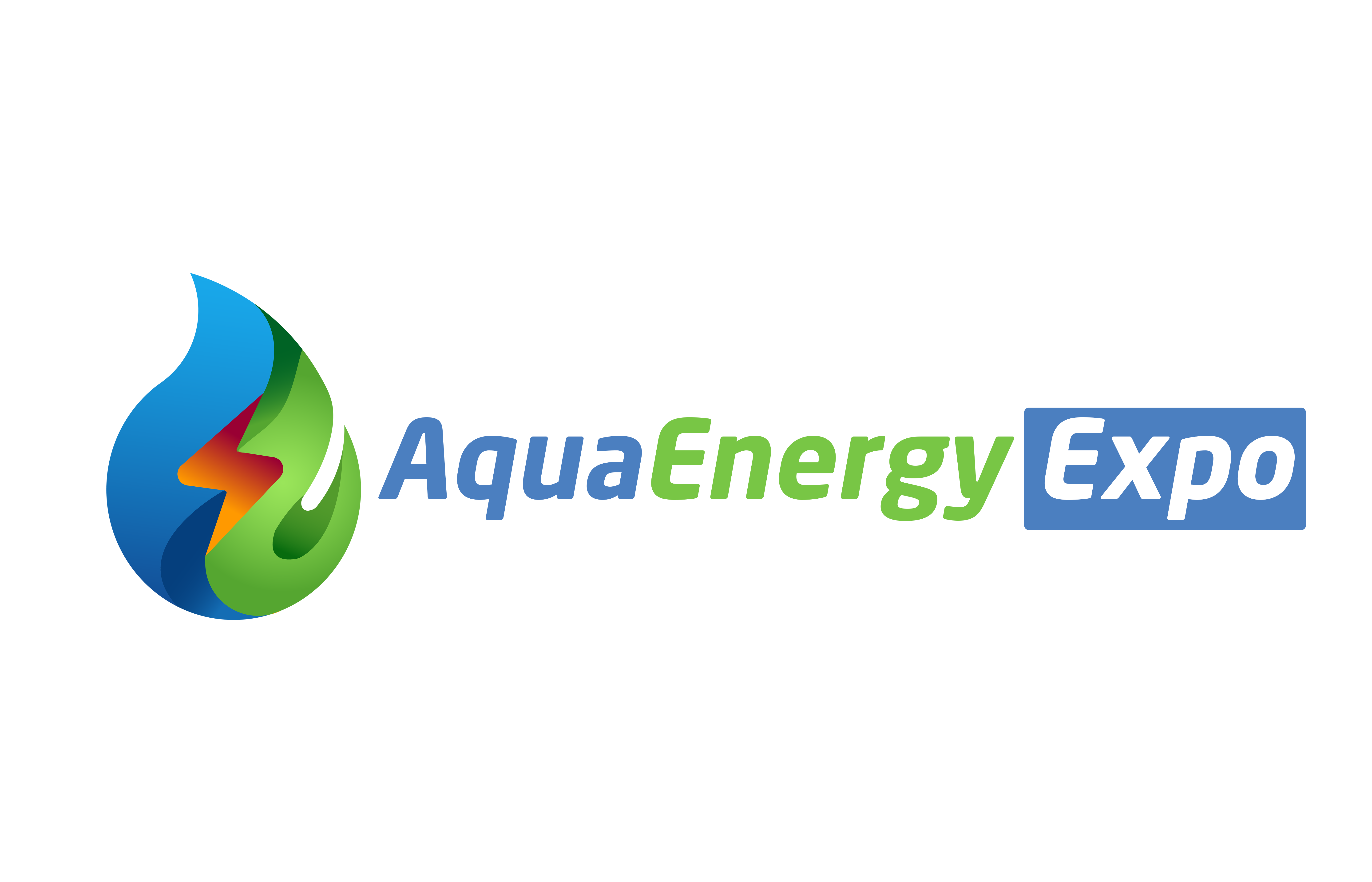
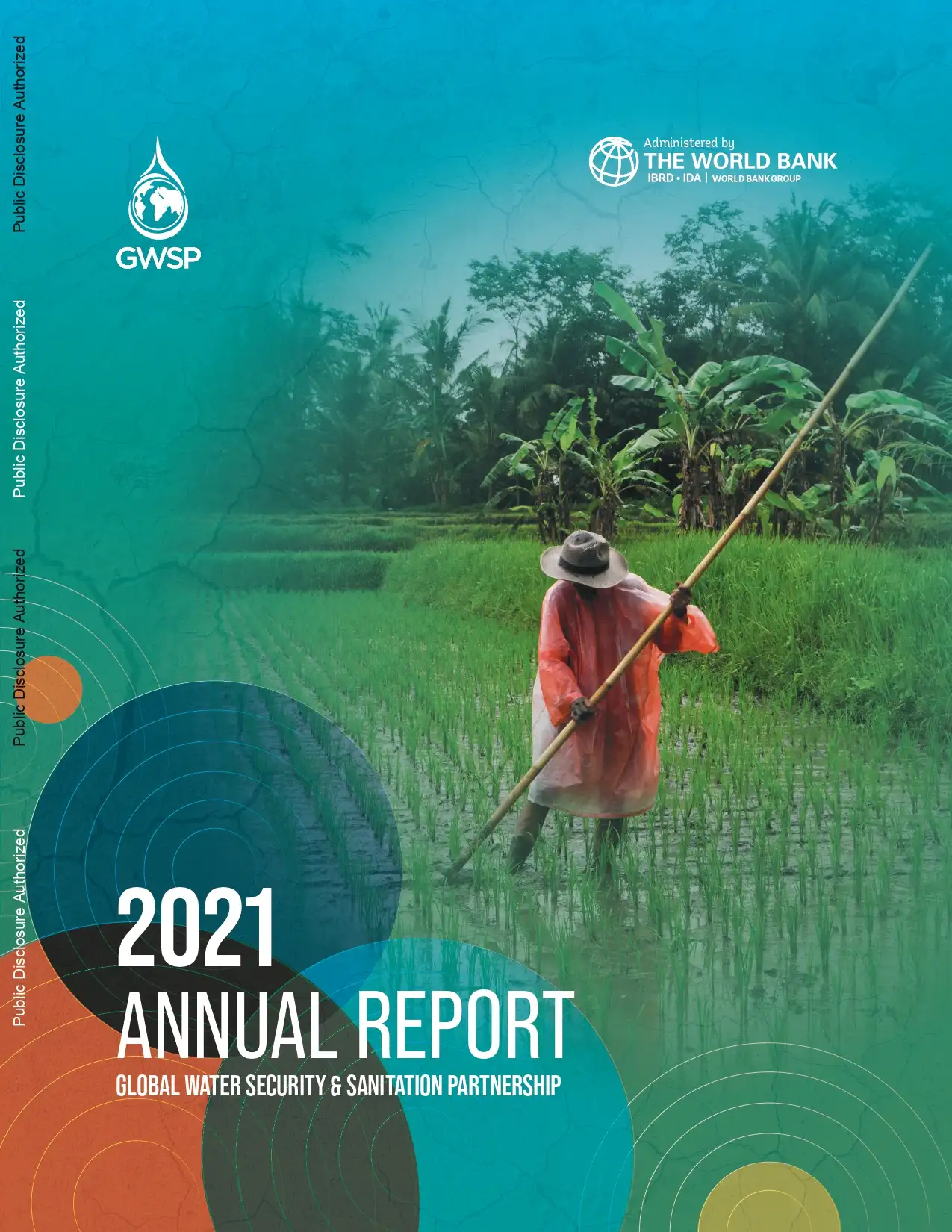
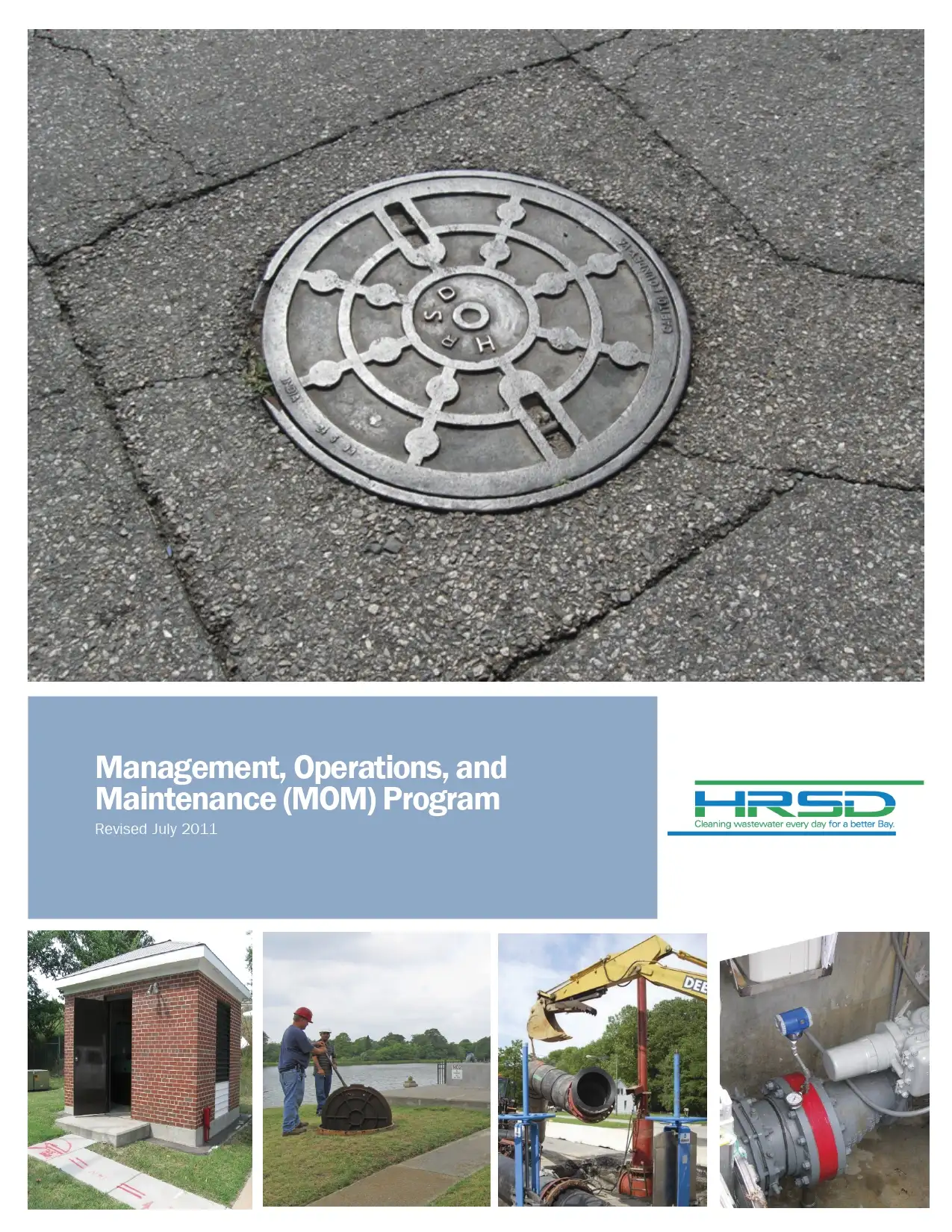
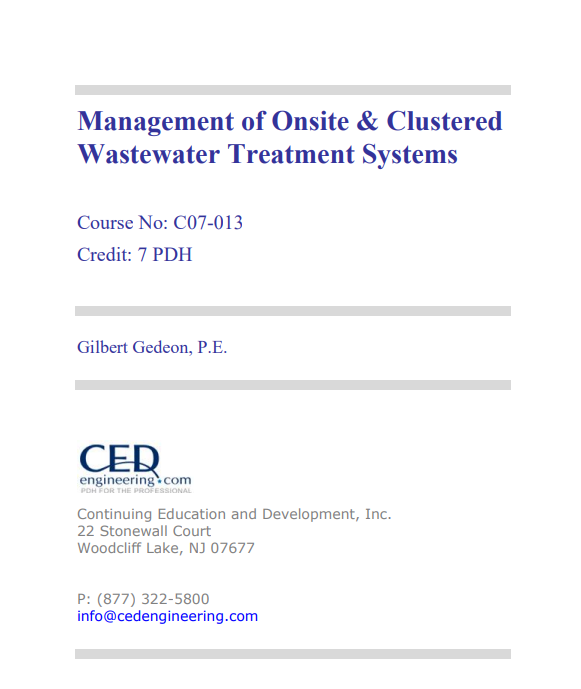
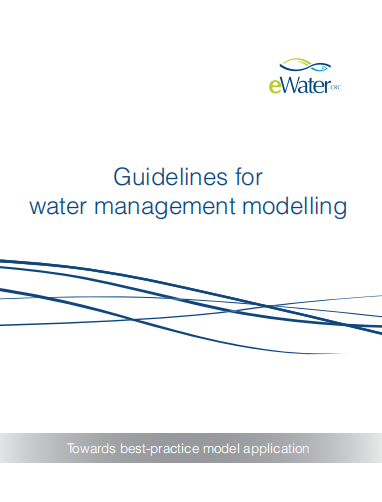
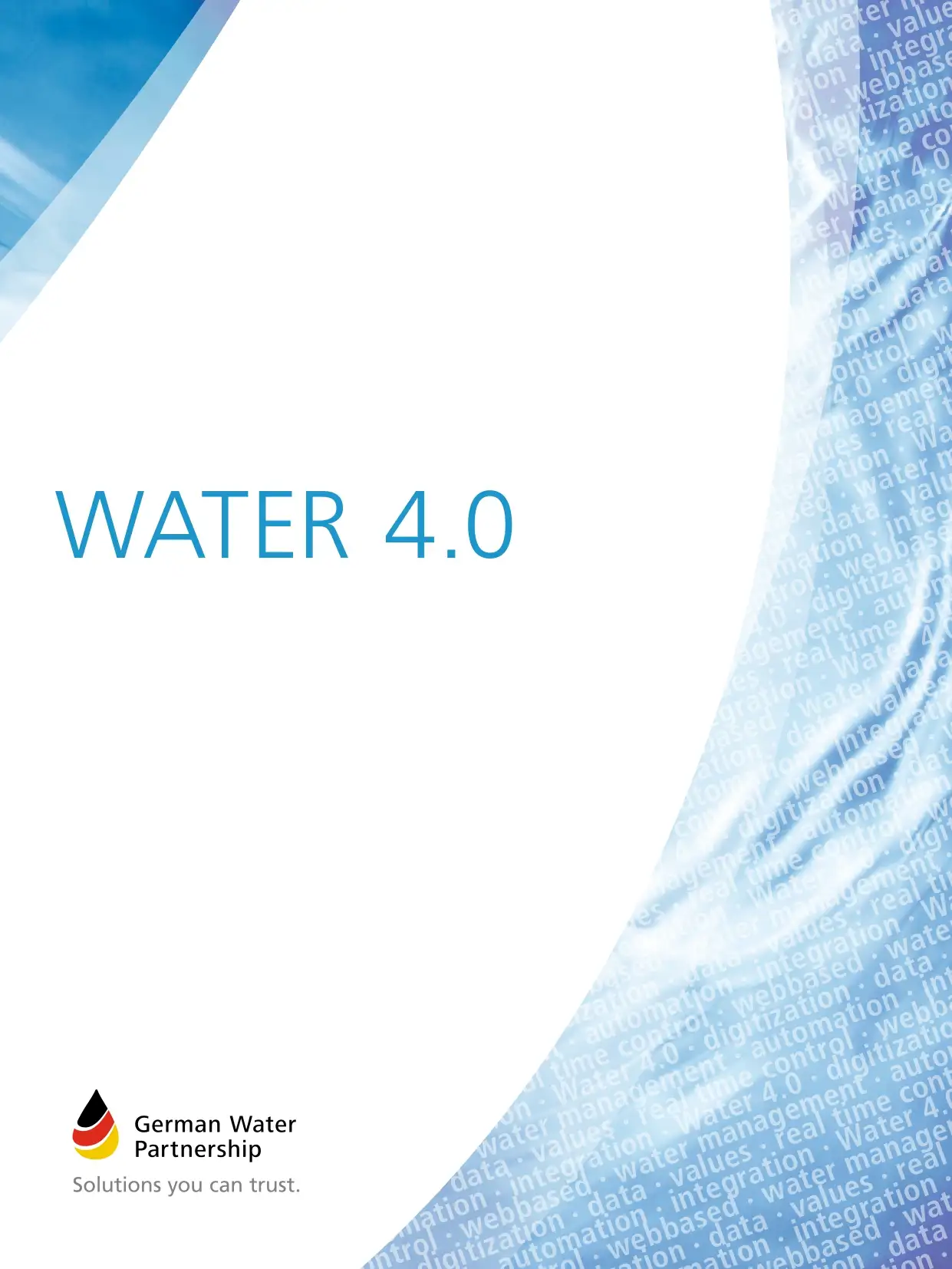
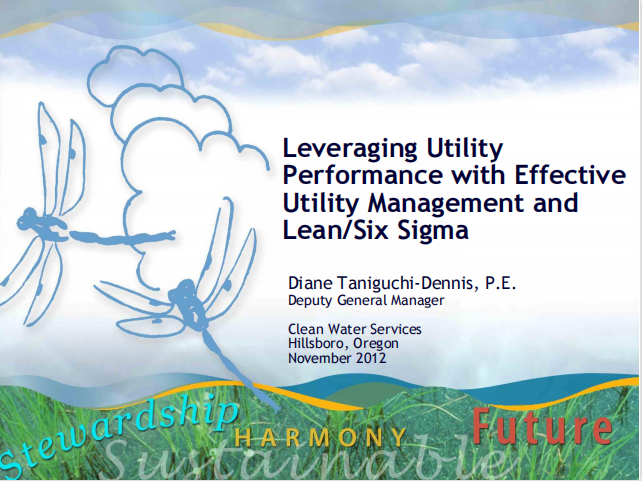
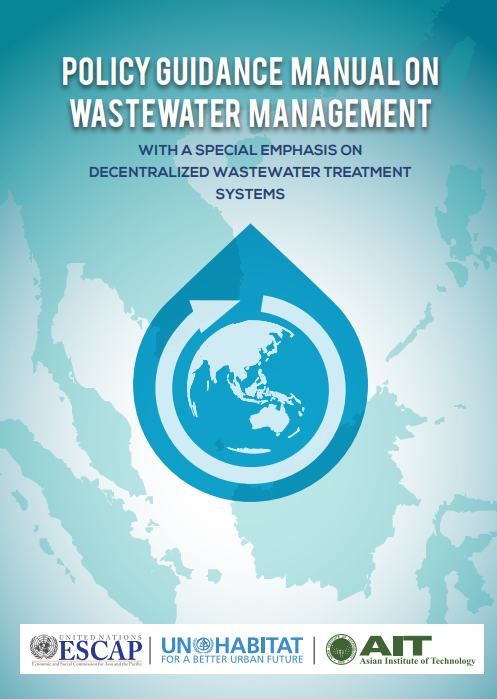

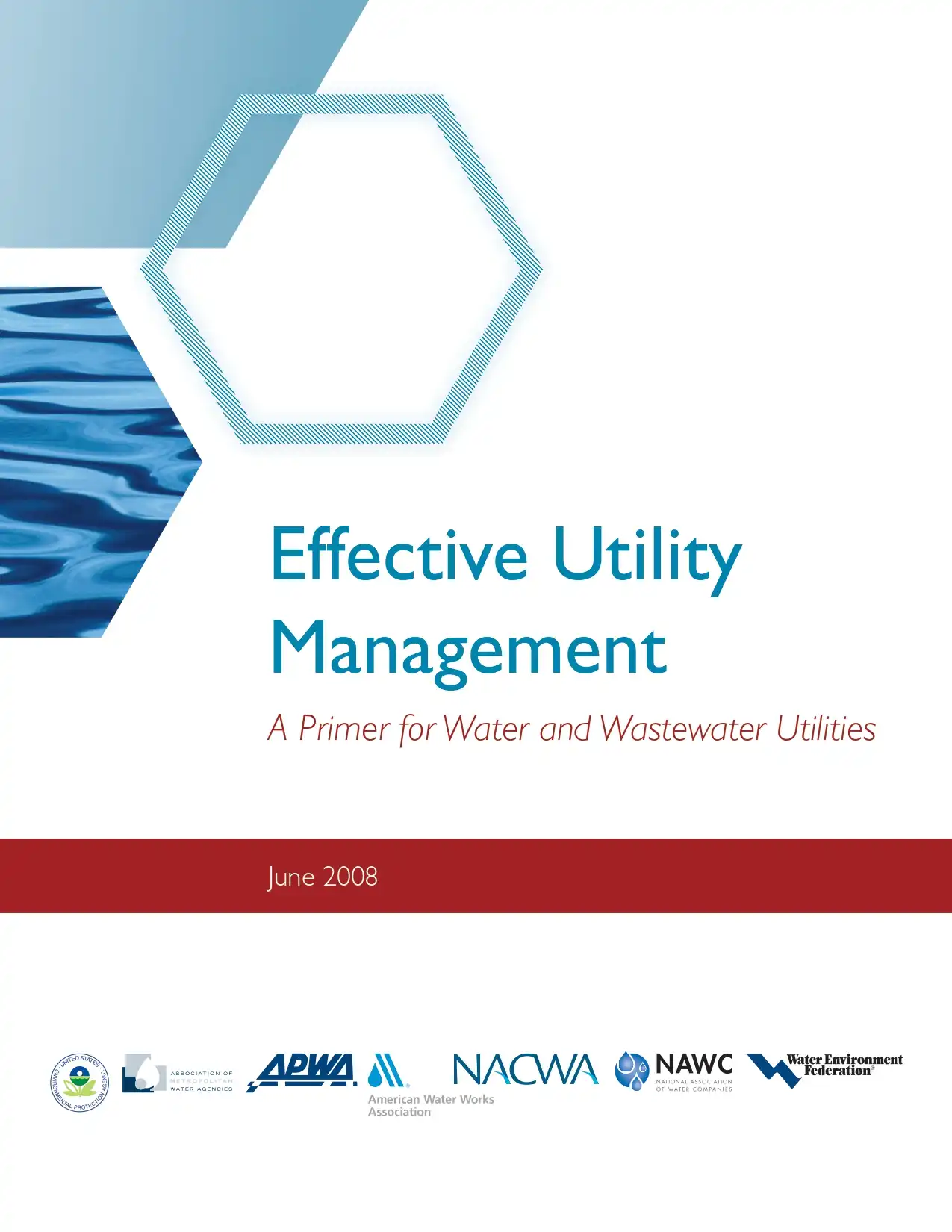
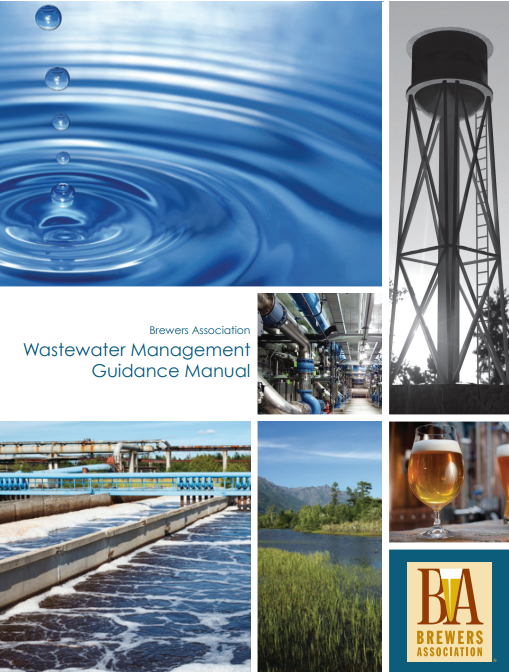
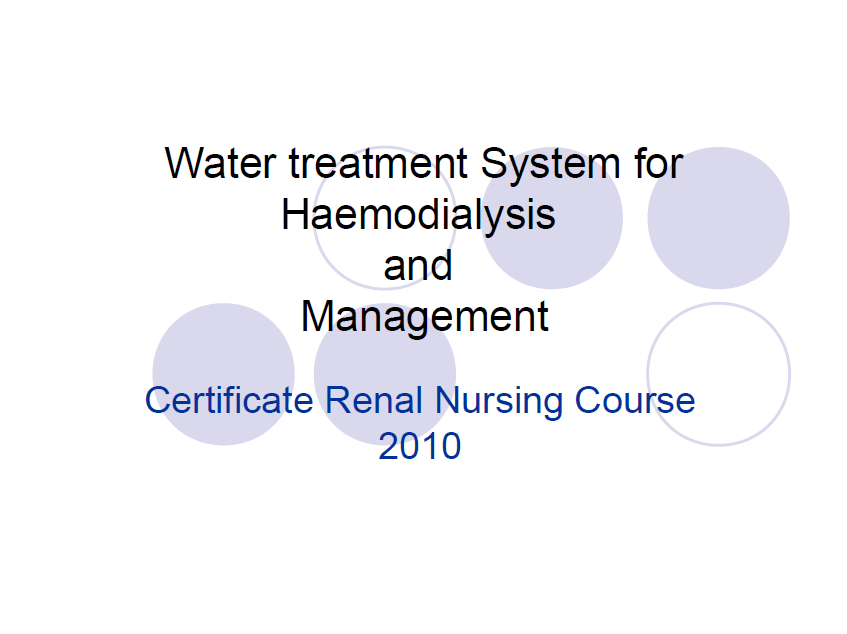
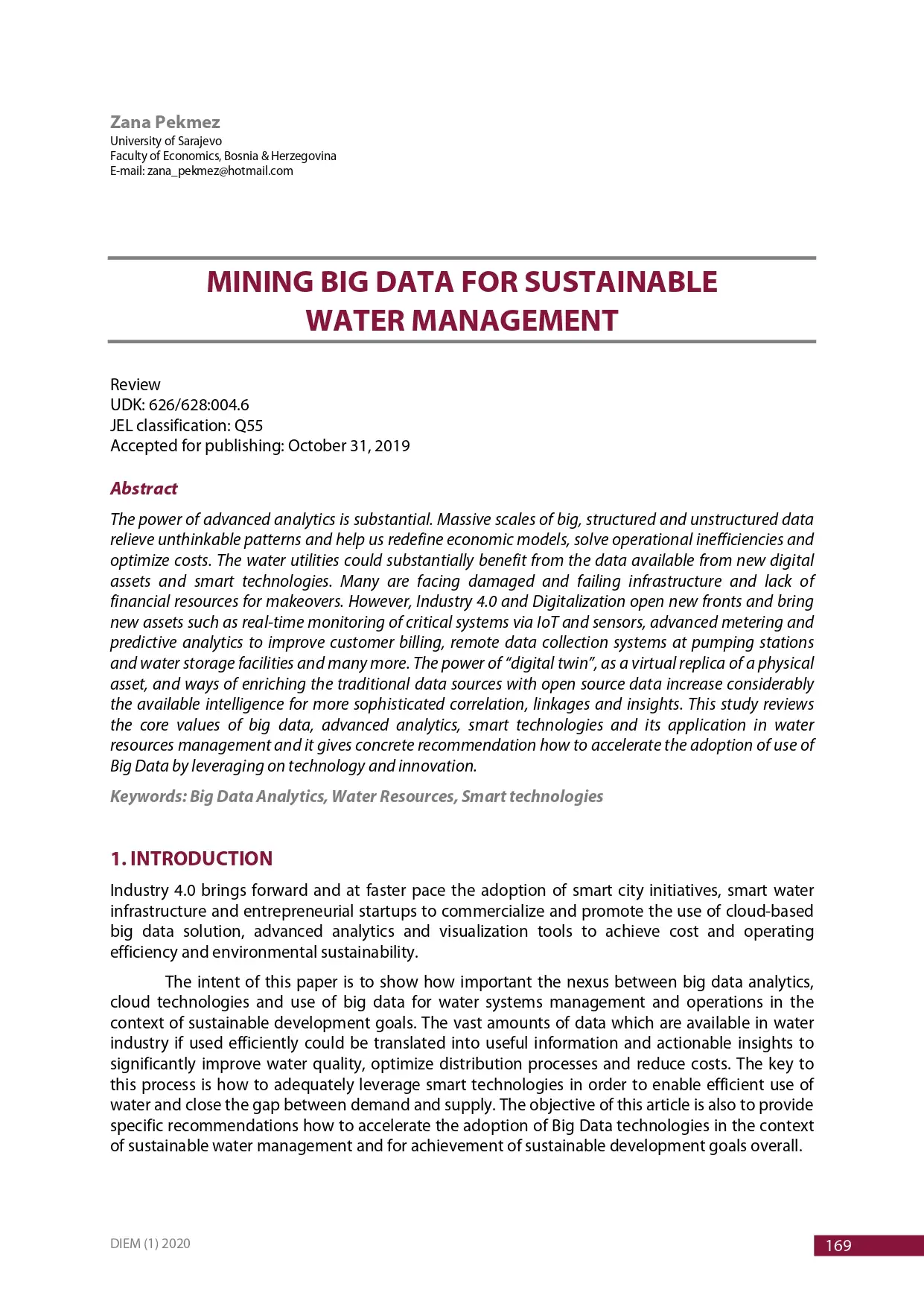

Reviews
There are no reviews yet.